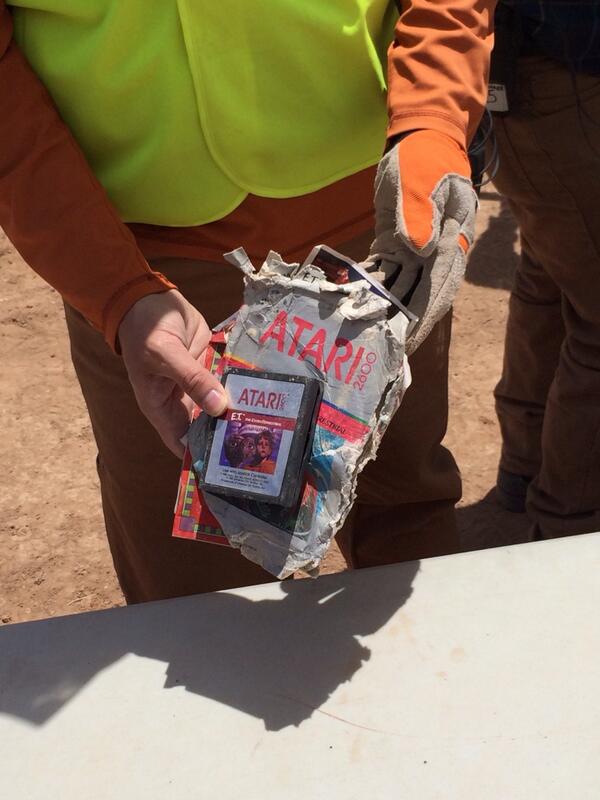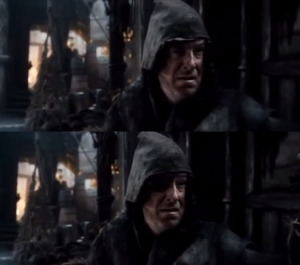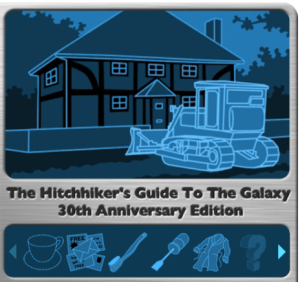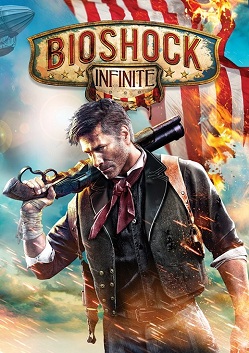I came across an interesting inquiry on Quora recently, and thought I’d share it with you folks. The question: “In 1st person video games, why don’t they introduce peripheral vision? The angle of sight seems to be a lot less than our own angle of vision.”
I’ve had this complaint as well, in both first-person and third-person games (assuming we’re not talking about something exotic like a “peripheral vision mode”). Gears of War frustrates me because I feel like I can’t see the world since I’m zoomed so far in on the asses of the protagonists.
(I historically have the same complaint about Madden, although for different reasons: I find it ridiculous that I have to contort myself to see near-sideline receivers who are by default off the edge of the screen. Something tells me that Tom Brady doesn’t have this invisible receiver problem. Less of an issue in the HD era.)
This video from TotalBiscuit does a stellar job of illustrating the point. Skip to the three-minute mark to get right to the good stuff:
Here’s a shot from Gears of War. Your protagonist eats up about a sixth of the critical foreground screen real estate. If you played the game, you may remember the annoyance of larger levels where foes were shooting you from every direction while you felt like you were looking for them through a shoebox.
Compare GoW with this shot from Infamous 2. The avatar is smaller, the camera position is further back from the action, and you can see more of the world.
TotalBiscuit feels claustrophobic FOVs like GoW’s are due to game developers not caring enough about PC gamers. I think he’s on the right track, but IMHO studios do this extreme zoom-in/narrow field-of-view — and fail to provide options to alter it — for four reasons:
- Money (aka complexity). It takes a fair amount of risk for a developer to put in a feature that lets gamers change the field of view. Sure, a few lines of code could change the way the renderer works, letting you see more of the world. Sure, it’d be fairly easy to support that in the game UI. However, adding this option is a significant and fundamental alteration in a very complex system. Your game has to work equally well at all field-of-view settings, in multiplayer, on all sorts of wonky PC systems with wonky chipsets. This is kind of like making a game and a half instead of one game. And you’re doing this to satisfy PC gamers (large fraction of total market) who care about field of view and know what it is (much smaller fraction of the other fraction). Sadly, when the test department starts toying with the FOV option during crunch and filing dozens of bugs on how it crashes this mode and that mode, and causes everything on screen to look weird and skinny, and makes text in the game unreadable, your producer is going to ditch the feature like it’s covered in flaming flatulent warts. Assuming it got that far.
- Money (aka framerate). When you widen the field of view, more stuff renders. Guess what? This means that your hardware has to work harder and your silky-smooth framerate goes in the toilet. You can’t fit as many players into multiplayer matches. The big cinematic moments cause the game to choke. People definitely care about framerate. (People are a lot more blase about field of view.) Lousy framerates and stutters cause your game to tank.
- Money (aka marketing). GoW wasn’t exactly a critical or commercial failure. People loved the in-your-face action, and the screenshots look like an action blockbuster because you can see all the pimples on Marcus Fenix’s well-rendered butt. It’s annoying to those of us who are accustomed to seeing the game world, but GoW’s other innovations and high-quality graphics were enough to win over the others. Here are some reviews, emphases mine: “Huge, muscular combatants move like giant men wearing heavy gear, fine details are everywhere, and splattering blood never looked so beautiful… It just looks incredible.” – GamesRadar+. “…better than Halo… It’s a fantastic-looking, riveting, fire-first-ask-questions-never third-person shooter that manages to show you things that you’ve never seen before on a console.”- Entertainment Weekly. And, well, this one: “The camera is so good in Gears of War that I never once thought about it while playing. I can’t recall a single instance where it did not frame the action right, or hide anything I should have seen. – Electric Playground
- Gameplay. Grudgingly, I admit that GoW was a damned fine game, and that the tight field of view showed off those stellar graphics and made some of the action more fun, like close environments and melee attacks. A game like Infamous 2 requires a wider field of view because of the acrobatic nature of the gameplay.
That’s my take. I like to see the world in these kinds of games, and in the era of hi-def, we can have our cake and eat it in many situations. At the same time, we still see a lot of close-in cameras and narrow FOVs as new games try to out-scream the competition by putting you “in the action.” Hopefully that’s a trend that will die as we move forward.
Oh, and here’s the link to the original Quora conversation: http://www.quora.com/In-1st-person-video-games-why-dont-they-introduce-peripheral-vision



 Yes, Virginia, There Is a BBQ Allergy
Yes, Virginia, There Is a BBQ Allergy


 Surprisingly, Irrational Games’ co-founder Ken Levine recently announced that he’s shutting down that studio. This means that future Bioshock games will almost certainly have much less of his handiwork. He did also say that he will start a new studio under publisher Take-Two that will focus on smaller, digital-distribution games. The new studio will only include about fifteen hand-picked heroes from Irrational.
Surprisingly, Irrational Games’ co-founder Ken Levine recently announced that he’s shutting down that studio. This means that future Bioshock games will almost certainly have much less of his handiwork. He did also say that he will start a new studio under publisher Take-Two that will focus on smaller, digital-distribution games. The new studio will only include about fifteen hand-picked heroes from Irrational.